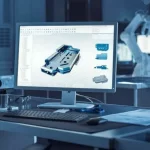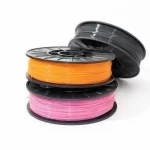In modern manufacturing, the marriage of 3D printing and traditional casting techniques has opened up a world of possibilities. The ability to create custom molds with intricate designs and complex geometries through 3D printing has revolutionized the casting process. By harnessing the power of additive manufacturing, individuals and industries alike can now explore new avenues […]







